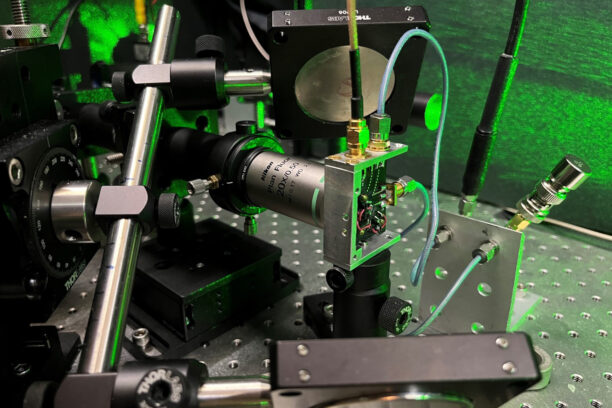The Quantum Sensor Revolution: Pushing the Boundaries of Measurement

About Course
Step into the frontier of precision and perception with The Quantum Sensor Revolution, a course designed to unveil the transformative power of quantum sensing. In this era of exponential technological advancement, quantum sensors are redefining what’s measurable—from the tiniest magnetic field in the human brain to gravitational waves from distant galaxies. This course invites students into the world of quantum mechanics made practical, where principles like entanglement and interference power tools that detect, image, and navigate with astounding accuracy.
Whether you’re fascinated by physics, curious about how atomic clocks support GPS, or intrigued by the idea of quantum sensors in medical imaging ornational defense, this course will spark your imagination. We’ll explore the types of quantum sensors, dive into cutting-edge breakthroughs, and analyze how this rapidly evolving field is influencing sectors like healthcare, security, navigation, and environmental monitoring. By the end, students will gain a deeper appreciation of how quantum sensing is not just a futuristic concept but a current driver of innovation.
Course Content
Introduction
Definition of Quantum Sensing
00:00Brief History of Quantum Sensing
00:00Importance of Quantum Sensing
00:00Overview of the Latest Advances in Quantum Sensing
00:00